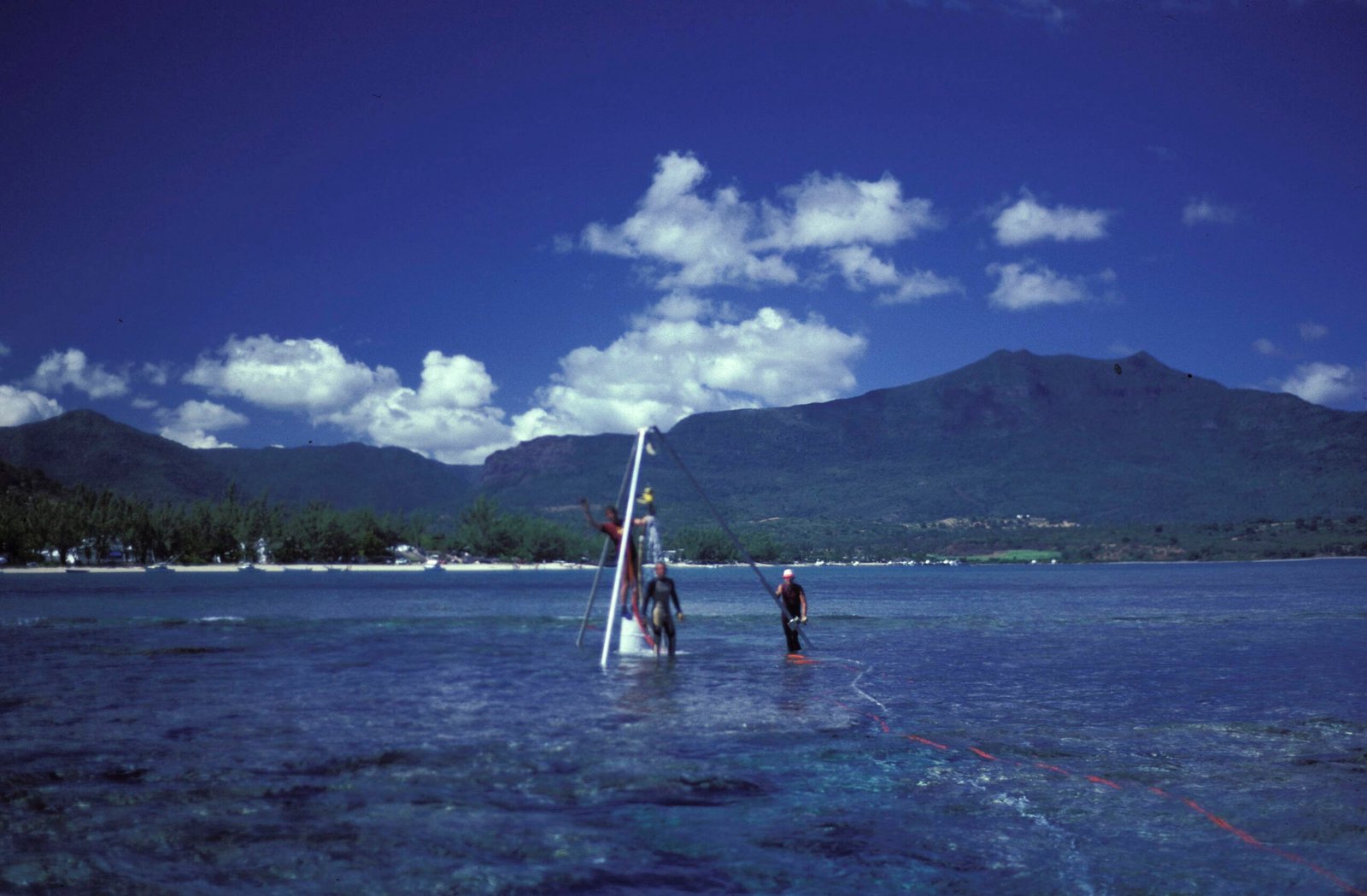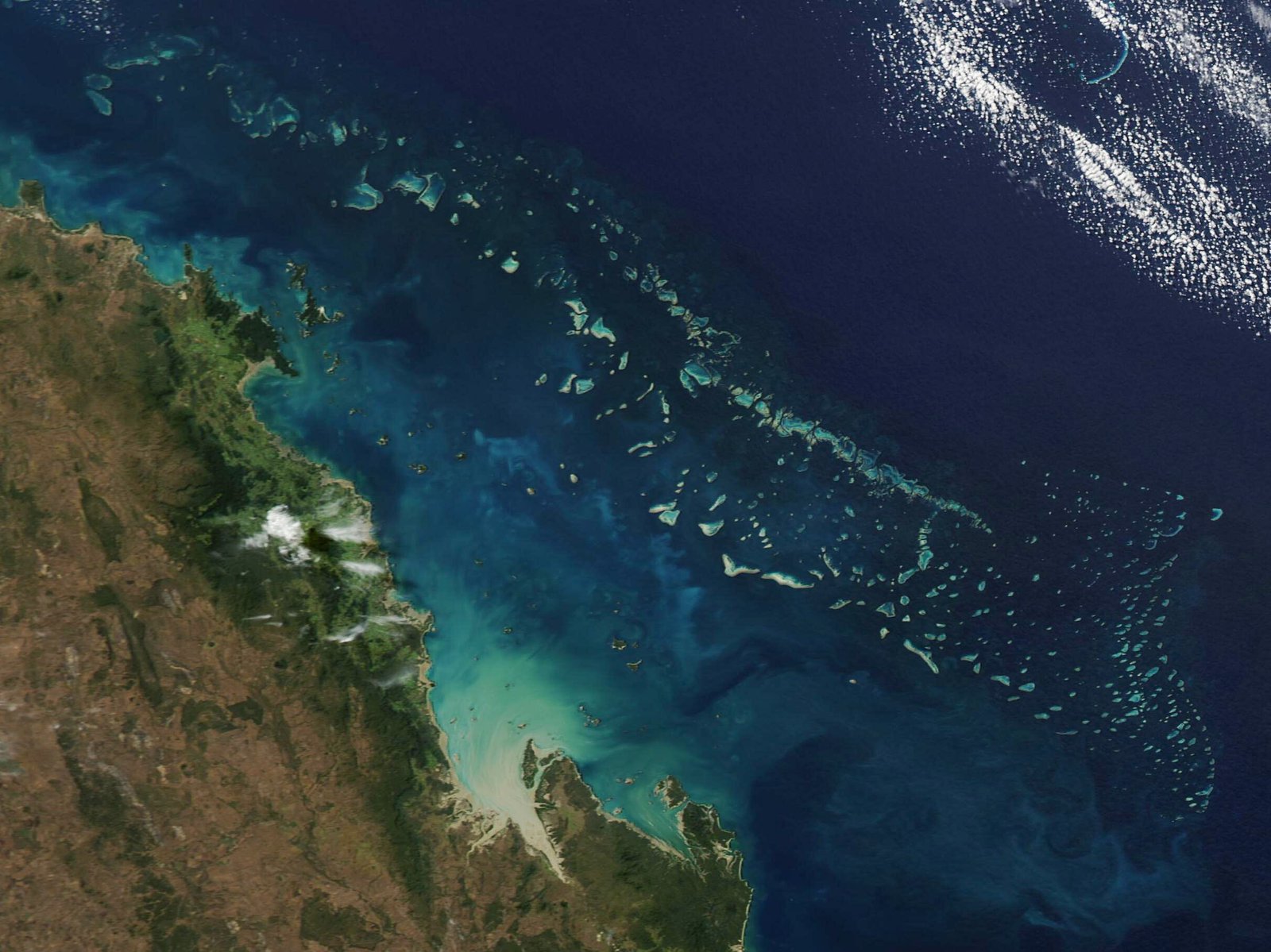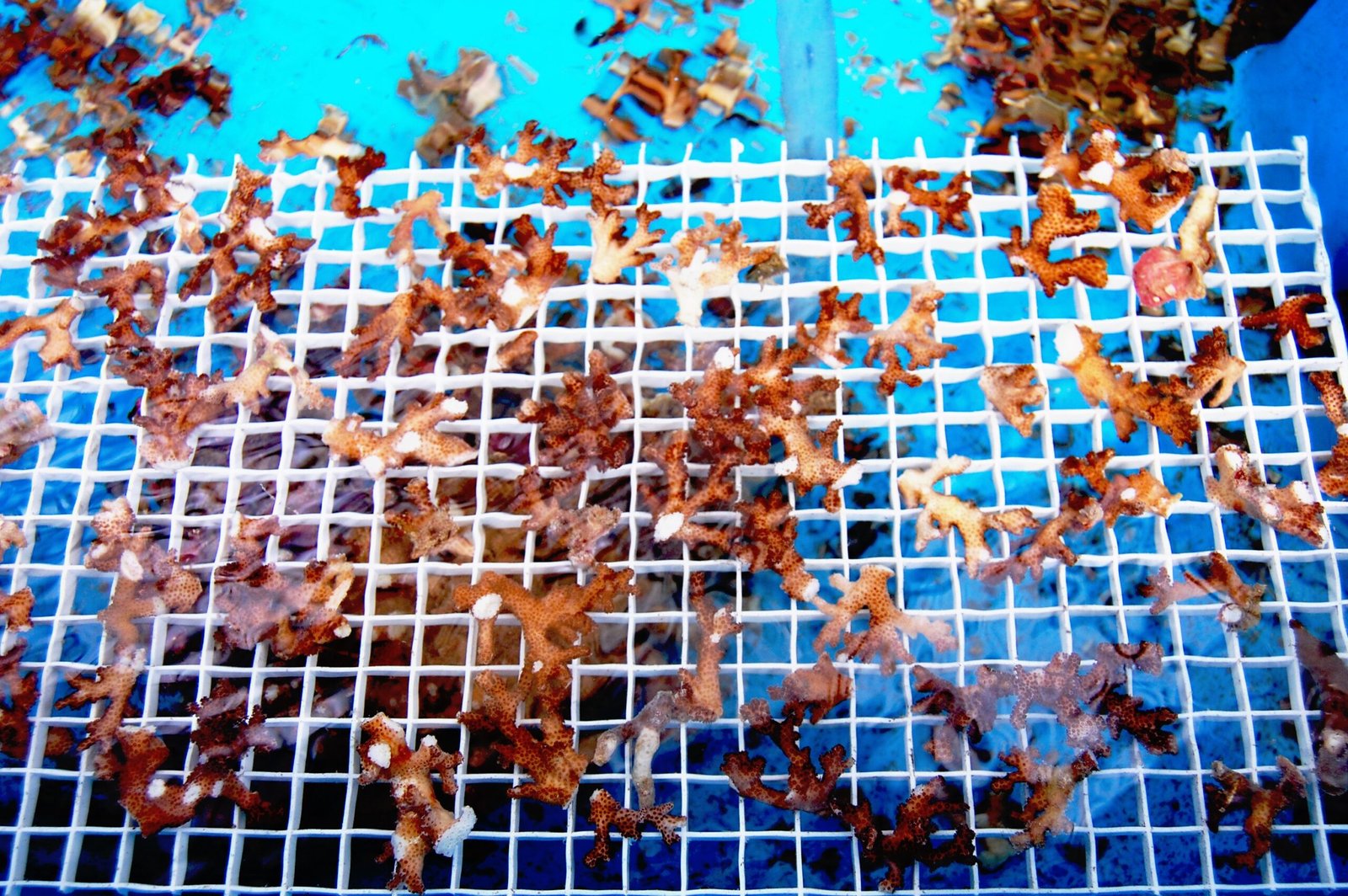Imagine standing on a tropical shoreline, the air shimmering with heat, watching clouds gather magically above the turquoise sea. What if I told you the architects of that cloudy sky are not just invisible winds or distant storms, but the colorful, bustling coral reefs beneath the waves? It sounds astonishing, even impossible, but the truth is that coral reefs are not just beautiful ecosystems — they’re also surprising weather-makers. This hidden power, however, is sounding an alarm bell for our changing climate. Let’s dive beneath the surface to see how these underwater cities breathe, build clouds, and warn us about the planet’s future.
The Secret Life of Coral Reefs
Coral reefs are often described as the rainforests of the sea, teeming with life and vibrant colors. But their role goes far beyond being a home for fish and sea creatures. These structures, built by tiny coral polyps over thousands of years, are living factories of chemical and biological activity. They provide shelter, food, and breeding grounds for an astonishing variety of marine life. If you swim above a healthy reef, you’ll notice how lively the water feels — it’s because coral reefs are busy transforming sunlight, minerals, and carbon dioxide into life itself. Yet, their influence stretches well above the waves, into the air we breathe and the clouds we see.
Coral Chemistry: The Cloud Connection
It might sound like something from a science fiction novel, but corals are actually chemical engineers of the ocean. As they build their calcium carbonate skeletons, corals produce a compound called dimethylsulfoniopropionate, or DMSP for short. This mouthful of a molecule eventually transforms into dimethyl sulfide (DMS), which floats up from the reef into the sky. It’s this subtle act that links coral reefs directly to the creation of clouds. The more vibrant and healthy the reef, the more DMSP is produced, setting off a chain reaction that influences weather patterns.
How DMS Shapes the Sky
Here’s where things get genuinely mind-boggling: when DMS rises from the ocean, it helps form tiny particles called aerosols. These aerosols are the seeds around which water vapor clings, forming clouds. Think of DMS as the invisible hand that tosses a handful of pebbles into the sky, and the atmosphere responds by weaving them into billowing clouds. Over tropical reefs, these clouds don’t just bring shade — they help regulate local temperatures and even affect rainfall patterns. The coral’s invisible gift to the sky is both delicate and crucial.
Clouds as Coral Sunscreens

Clouds born from coral reefs are more than just pretty decorations. They actually act as natural sunscreens, cooling the reef below by blocking harsh sunlight. On scorching days, this cloud cover can mean the difference between a thriving reef and a bleaching disaster. It’s a clever feedback loop: the healthier the coral, the more clouds it can conjure, which then protect the coral from overheating. It’s like a self-built umbrella that pops open when the sun gets too intense — a marvel of nature’s engineering.
Local Weather, Global Impact
While coral-driven cloud-making is most obvious above tropical reefs, its influence doesn’t stop at the shoreline. The clouds and rain patterns shaped by reefs can impact entire coastal regions, affecting agriculture, drinking water, and even local economies. For example, increased cloud cover from healthy reefs can cool coastal cities, offering relief during heatwaves. This ripple effect shows that coral reefs are not just local treasures but global weather players, quietly orchestrating climate conditions far beyond the ocean.
Coral Reefs as Climate Sensors
Reefs are like the ocean’s early warning sirens. Because their health is closely tied to water temperature, acidity, and pollution, changes in their ability to produce cloud-forming chemicals serve as powerful indicators of environmental shifts. When corals bleach or die, their DMS output plummets, disrupting cloud formation and local climate regulation. Scientists are now paying close attention to these chemical signals, hoping to use them to predict—and maybe even prevent—larger climate disasters.
Bleaching Events: Breaking the Cycle
In recent years, massive coral bleaching events have swept across the world’s oceans, leaving once-colorful reefs ghostly white. This happens when corals are stressed by heat, pollution, or acidification and expel the algae that give them color and energy. But the chain reaction doesn’t stop there. Bleached corals produce far less DMS, which means fewer clouds, more direct sunlight, and even hotter waters. It’s a vicious cycle: the loss of clouds makes bleaching worse, and the weakened reef can no longer protect itself.
Ocean Acidification: Silencing the Weather Makers

Another invisible enemy of coral reefs is ocean acidification. As the ocean absorbs more carbon dioxide from the atmosphere, it becomes more acidic, making it harder for corals to build their skeletons and produce DMSP. Think of it as trying to breathe with a heavy weight on your chest — the harder it gets, the less you can do. As reefs struggle, their weather-making abilities fade, and entire regions lose their natural climate buffers. This silent crisis is unfolding beneath the waves, often unnoticed by those above.
The Domino Effect: From Reefs to Rainfall
When coral reefs suffer, the consequences can cascade through the environment like falling dominoes. Reduced cloud cover doesn’t just mean hotter seas; it can also disrupt rainfall patterns, leading to droughts or floods in nearby areas. Farmers may find their crops wilting or their fields swamped, all because of changes that began with tiny coral polyps beneath the waves. These unexpected connections remind us how deeply intertwined our world really is.
The Science of Coral Weather: Measuring the Unseen
Studying how reefs make weather is no easy task. Scientists use satellites, underwater robots, and chemical sensors to track DMS emissions and cloud patterns above coral hotspots. It’s a bit like detective work, piecing together chemical clues to solve a planetary puzzle. Recent research has even shown that major coral bleaching events can be detected from space by observing changes in cloud cover — a haunting reminder of how much we rely on these hidden weather-makers.
Nature’s Feedback Loops: A Double-Edged Sword
Feedback loops are nature’s way of amplifying or dampening changes, and coral reefs are at the heart of some of the most important loops on Earth. When reefs are healthy, their cloud-making powers help keep things in balance. But when stress tips the scales, the feedback can spin out of control, pushing reefs — and the climate — toward crisis. It’s like a thermostat gone haywire: what once kept things cozy now threatens to overheat the whole house.
Case Studies: The Great Barrier Reef’s Cloudy Secret
Australia’s Great Barrier Reef is not just a wonder of the natural world; it’s also a laboratory for the study of coral-driven weather. Researchers have tracked DMS emissions above the reef and found clear links between healthy coral and increased cloudiness. During mass bleaching events, those clouds thinned, leaving the reef exposed to even more heat. This real-world example shows just how quickly the balance can shift — and how crucial reefs are to their own survival.
Why Saving Reefs Means Saving Weather Patterns
If coral reefs vanish, so too does their ability to shape local weather. This isn’t just a loss for marine life — it’s a blow to coastal communities, weather prediction, and even global climate stability. Protecting reefs is about more than saving pretty fish; it’s about preserving the hidden gears that keep our planet’s weather running smoothly. Every lost reef is like a broken cog in the world’s climate machine.
Human Impact: From Pollution to Hope
Human activity is the main driver of coral reef decline, through overfishing, pollution, and climate change. But people are also the key to their recovery. Conservation projects, marine protected areas, and efforts to reduce carbon emissions are giving some reefs a fighting chance. It’s a race against time, but every success story is proof that we can still turn the tide. As one marine biologist put it, “When we save reefs, we save ourselves.”
Innovative Solutions: Restoring the Weather Makers

Scientists and local communities are joining forces to restore damaged reefs. New techniques, like coral gardening and selective breeding for heat-resistant corals, are starting to show promise. Some researchers are even experimenting with ways to boost DMS production, hoping to jumpstart the cloud-making cycle. It’s like planting trees to bring back the rain — except underwater and far more complex. These efforts offer a glimmer of hope in a challenging fight.
The Ripple Effect: What We Can Do
You don’t have to be a scientist to help protect coral reefs and their weather-making magic. Simple choices like reducing single-use plastics, supporting sustainable seafood, and cutting down on carbon emissions can make a real difference. Education and advocacy are powerful tools, too — the more people know about the vital role of coral reefs, the more likely we are to protect them. After all, the weather above our heads may depend on decisions we make every day.
A Wake-Up Call from the Reefs
Coral reefs are sending us a clear message: their fate and ours are inextricably linked. As we uncover their hidden power to shape the weather, we also see how vulnerable they are to our actions. The clouds above and the life below are part of the same breathtaking, fragile system. Will we listen to these quiet architects of the sky before the clouds disappear for good?


